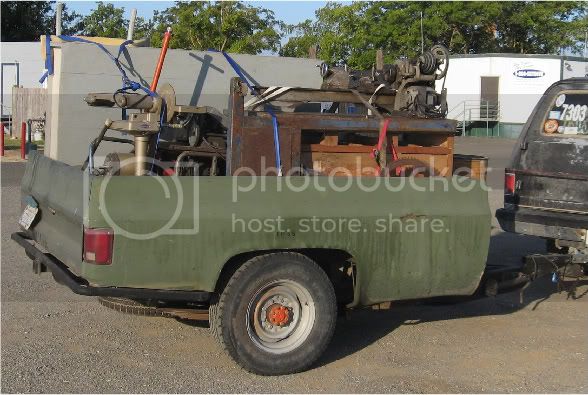Suspension limiter straps/brackets
Has any one used these on off road trailers?? The trailer I have bounces a lot on the road and is just scary off road when it is unloaded or even lightly loaded even at low speeds. It comes completely off the ground! I am thinking that limiter straps could help with this and be unhooked for off road use when loaded. I have used detachable straps for a street legal rock crawler/mudder years ago so I have a good idea of how they work with full vehicle weight, just no idea if it would help with a light bouncy trailer. I put cheap shocks on it and do plan to upgrade them asap. Any advice would be helpful. My current trailer is a 86 ford truck bed trailer.
Thanks!

Has any one used these on off road trailers?? The trailer I have bounces a lot on the road and is just scary off road when it is unloaded or even lightly loaded even at low speeds. It comes completely off the ground! I am thinking that limiter straps could help with this and be unhooked for off road use when loaded. I have used detachable straps for a street legal rock crawler/mudder years ago so I have a good idea of how they work with full vehicle weight, just no idea if it would help with a light bouncy trailer. I put cheap shocks on it and do plan to upgrade them asap. Any advice would be helpful. My current trailer is a 86 ford truck bed trailer.
Thanks!


